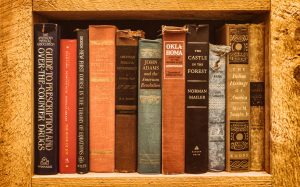Printing has been a tool and even a weapon for revolution and information in society. In any epoch we scrutinise, the ideas have travelled through books, magazines, journals, pamphlets- Print! But do we know how these methods developed?
The First Printed Books
China, Japan and Korea were the earliest countries to begin printing books or to invent the paper from papyrus. Calligraphy- the art of aesthetic writing is known to have developed in China which was also a major contributor of printed material. Beginning from students, the culture of possessing information on print spread to merchants, writers, traders, etc. In Japan, hand printing developed around 768-770 AD. Diamond Sutra is one of the oldest Japanese books. Libraries and bookstores, gradually bloomed in the Edo (now Tokyo) region of Japan.
Print Comes to Europe
In Europe, paper arrived through the import route for spices and silk. Whereas woodblock printing was introduced by Marco Polo in Italy from where it spread in the entire continent. Here, the demand for books led to the culture of book fairs and the production shifted to woodblock printing which was more sustainable than manuscript. Johannes Gutenberg made a breakthrough in printing by the invention of a new print technology in 1430s. He printed 180 copies in three years of the Bible initially. Between 1450 and 1550, printing presses were set up across Europe.
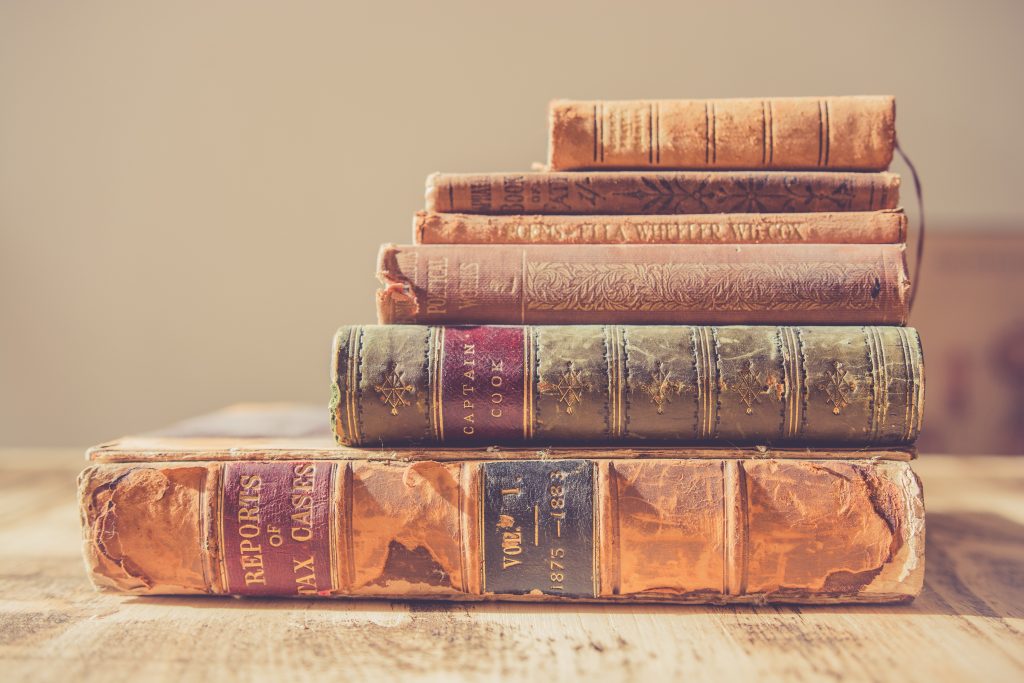

Print Revolution and its Impact
Printing, obviously, reduced the cost of books. By the end of the 16th century, 200 million copies were printed. Just like audiobooks of today, the literature in books which could only be afforded by the elite class, were narrated to the common people by way of public reading in taverns, citadels, etc. People who couldn’t buy a book would listen to its narration.
People could debate by publishing their views and new ideas could be easily introduced. Martin Luther’s Ninety Five Theses could reach the public through print only. Those in power feared the pivotal role printed material could have on the public. Luther’s New Testament challenged the Catholic Church and was a cause for the formation of the Protestant Reformation. The Roman Church began to maintain an Index of Prohibited Books to scrutinize “irreligious” texts.


The ideas of Issac Newton, Jean Jacques Rousseau, Thomas Paine, Voltaire, etc reached the common people by almanacs, chapbooks (sold on poor quality material for a penny), newspapers, journals, etc. Books became synonymous to enlightenment, liberty from tyranny and misinformation. Print media is a considered cause behind the French Revolution. There was a leap in literacy.
The Nineteenth Century
In 1857, printing presses for children’s textbooks were set up making them major readers. Women readers were also a major part of this culture, though, they were confined to reading more “appropriate” texts like manuals on housekeeping, religion, etc. Jane Austen, the Brontë Sisters, Mary Ann Evans (George Eliot) were writers who broke through stereotypes in an arena of male-dominated writing. Lending libraries, biographies, political tracts became popular and by the 19th century, metal printing presses were developed capable of printing 8,000 pages a day. Richard M. Hoe developed the cylindrical printing press.
Manufacturers around the world devised new ways of advertising their books. Shilling Books, a series available at low rates was brought out to attract common man. During the Great Depression, paperback editions came into existence to ensure the reader’s interest in reading.
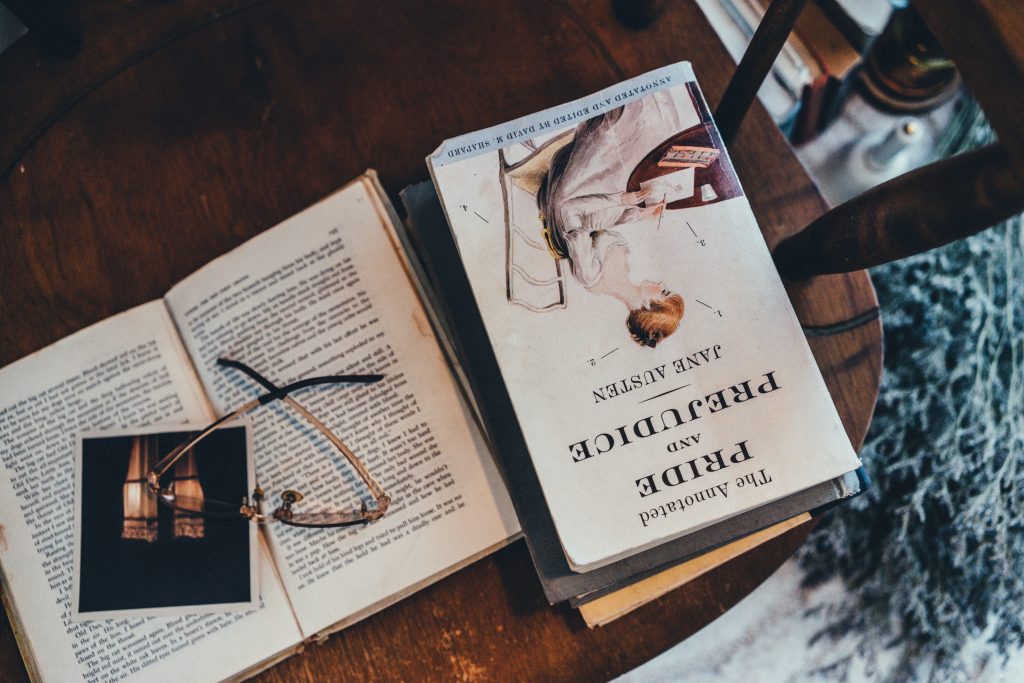

Importance of Books
Pen is mightier than a sword because a weapon may kill a man but his ideas influence others forever. Had we not discovered printing, the revolutionary ideas would not have been available to us at such ease. Monarchs since the Anglo-Saxon invasions have agreed to this fact that if a culture is to be truly obliterated, one must destroy the libraries.
Even today, great thinkers, businessmen, entrepreneurs, motivational speakers, etc cannot emphasise enough on the power of reading. Regular reading opens a world of possible thinking, it awakens us to the truth we cannot physically see. A book is a vicarious experience in words.
Whittaker, a scientist, proposed a Five Kingdom classification for all living organisms dividing them into: Monera, Protista, Fungi, Animalia and Plantae. In Plantae, the species are subdivided into Algae, Bryophytes, Pteridophytes, Gymnosperms and Angiosperms. The classification of plants was done on the basis of their physical characteristics, called the artificial system.
Later, natural classifical systems included internal features like anatomy, phytochemistry etc, devised by George Bentham and Joseph Dalton Hooker. Currently, phylogenetic classification systems are used to classify plants based on the evolutionary relationship among organisms. Let us look into the world of kingdom Plantae:
Algae
These are simple, autotrophic, aquatic organisms which can occur in a variety of habitats. They have variable sixes and can reproduce by vegetative, asexual and sexual methods. They are classified as:


Chlorophyceae: Usually, green algae are in this category, that are green due to the presence of chlorophyll a and b present in their chloroplasts. They possess a celluloid cell wall with an outer layer of pectose. They reproduce by fragmentation or different types of spores. If sexual reproduction occurs it happens by flagellated zoospores produced in zoosporangia.
Phaeophyceae: The algae are brown and present in marine ecosystems ranging from simple, branched to filamentous forms.
Rhodophyceae: These are called red algae and owe their pigment to the presence of r-phycoerythrin in their body. They occur at the well-lit ocean surfaces and at great depths.They reproduce asexually by non-motile spores and sexually by non-motile gametes.
Bryophytes
These include mosses and liverworts which commonly grow in moist, shaded areas of the hills.These depend on water for reproduction but survive on land, hence, termed as amphibians of the plant kingdom. It lacks true roots, leaves and stem but possesses similar structures. Bryophytes have little to zero value for human beings but are a source of food for other herbivores.
Pteridophytes
These include horsetails and ferns. They have separate vascular systems consisting of xylem and phloem. They are found in cool, damp places and have medicinal value. They also hold the soil together and help reduce soil erosion. They can be homosporous (having similar spores) heterosporous (having different spores).


Gymnosperms
The medium-sized trees, shrubs fall in this category. The special feature about these is that the seeds which develop after fertilization occurs are not enclosed in any wall or membrane. Their leaves are adaptive to the environment by growing in needle shape which covers a small area and have sunken stomata which helps them withstand hot, humid, dry climate.
Angiosperms
All flowering plants are angiosperms as the male and female gametes develop in this enclosed structure and the process of fertilisation also takes place here. These occur in a wide variety of habitats and sizes. They have high economic value and are divided into the dicotyledons and the monocotyledons.


Importance of plants:
Plants have developed before human beings existed. They are the only producers in the food chain. No other organism can make its own food from sunlight or any other source. They have ecologic, economic, and scientific value in regulating the temperature of the earth, by providing shelter to animal species and in studying the history of species, etc. It goes without saying, that we need to be more careful than our ancestors in protecting the plant cover as we do not have anywhere to survive.
In the Russian Revolution of 1905, Tsar Nicholas II was forced by the revolutionaries to make a Parliament or Duma, however, the power to make the final judgement lay in his hands. Because of this, he had already dissolved the Parliament within 75 days and changed the voting patterns of the Parliament which was elected for the third time. He had packed the third parliament with conservative politicians only and no revolutionaries were made a part of it.
Around the world, at this time, World War was also brewing and in 1914 it finally burst out. The war was divided into two European alliances: Germany, Austria and Turkey versus Russia. Each of these countries was extremely powerful causing the war to be fought outside Europe as well. Let us look at the conditions in Russian politics during and after the world war:
In Russia, people were already turning against the Tsar and against Germans. To show their protest they changed the name of St Petersburg to Petrograd. Russia lost the war and in agitation and destroyed all harvest and houses which came in the way of the retreating army. The conditions after the war were pathetic and riots had become common.
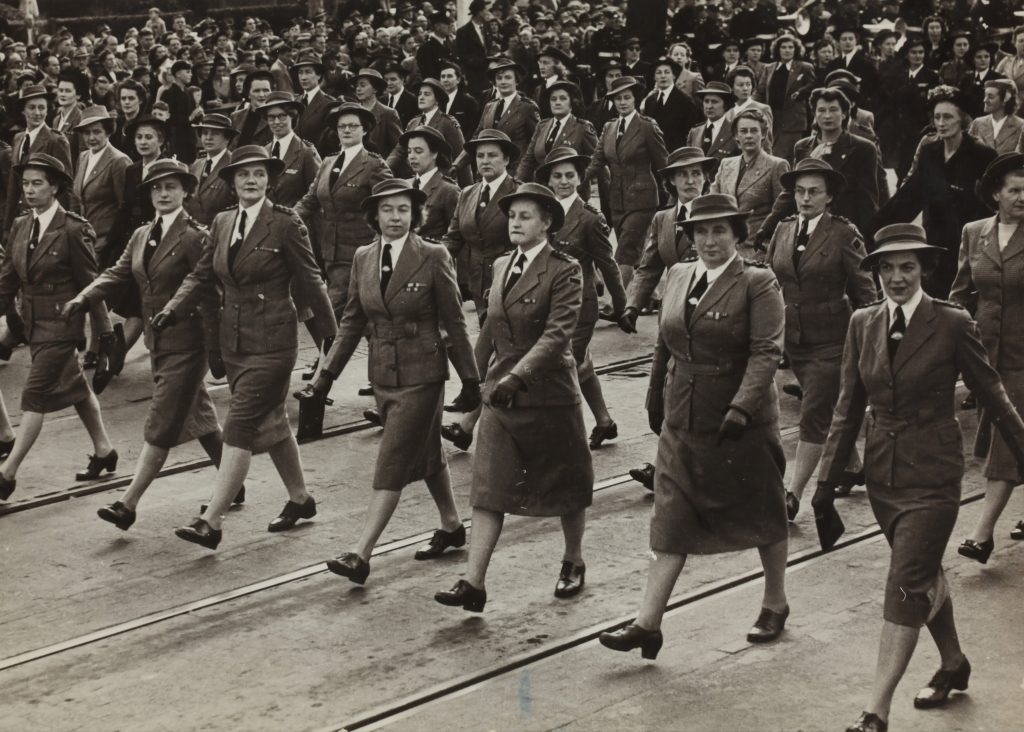

By the winter of 1917, Russian cities were divided as workers and factory labourers residing on the right bank of River Neva and fashionable gentry, official buildings, etc on the left bank of River Neva. On 22 February, a lockout occurred which gained the sympathy of other workers as well. To show their support, on 23 February strikes in almost all factories were held with many of them being led by women. The day became famous as International Women’s Day.
Peaceful protests along the left bank (where the posh gentry lived) continued and when the Tsar tried to suppress it using the cavalry, they too joined hands with the protesters and formed a Soviet, called the Petrograd Soviet.
Soon, in March, the Soviet leaders and some members of the Duma formed a provisional government, hence, taking down the monarchy in February 1917. However, this stability was soon disturbed by the return of Vladimir Lenin in Russia who had always opposed war.
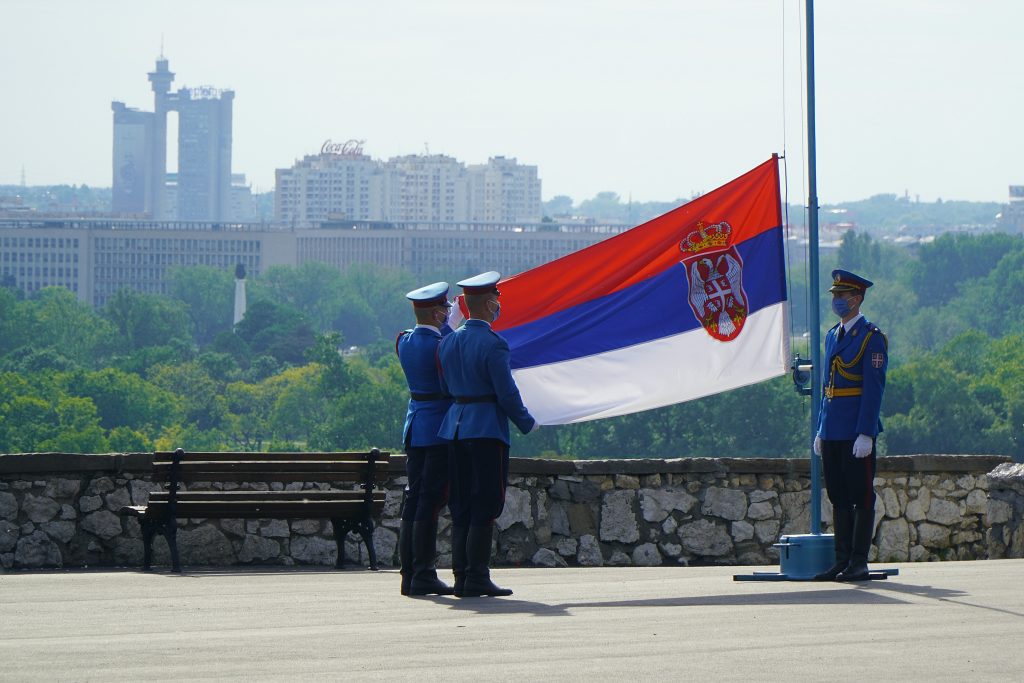

He proposed April Theses which were his demands to completely transfer legislative powers to the Soviet, to transfer land rights to the peasants and to nationalise banks. Apart from this, he wished to rename his Bolshevik Party to Communist Party. His own party members were a bit surprised as they preferred the stability in politics in Russia.
Sadly, the conditions worsened as the industries and factories reigned inhumane working conditions leading to protests again. With time, Lenin’s Theses seemed to make sense to people. In September, Socialist movements reached their peak with farmers and peasants taking control of the land where they worked.
On 16 October 1917, Lenin’s efforts joined the Petrograd Soviet and the Bolshevik Party to form a Military Revolutionary Committee under Leon Trotskii. The uprising which began on October 24, made people believe in Lenin’s party. By December, the Moscow- Petrograd area fell under their power.
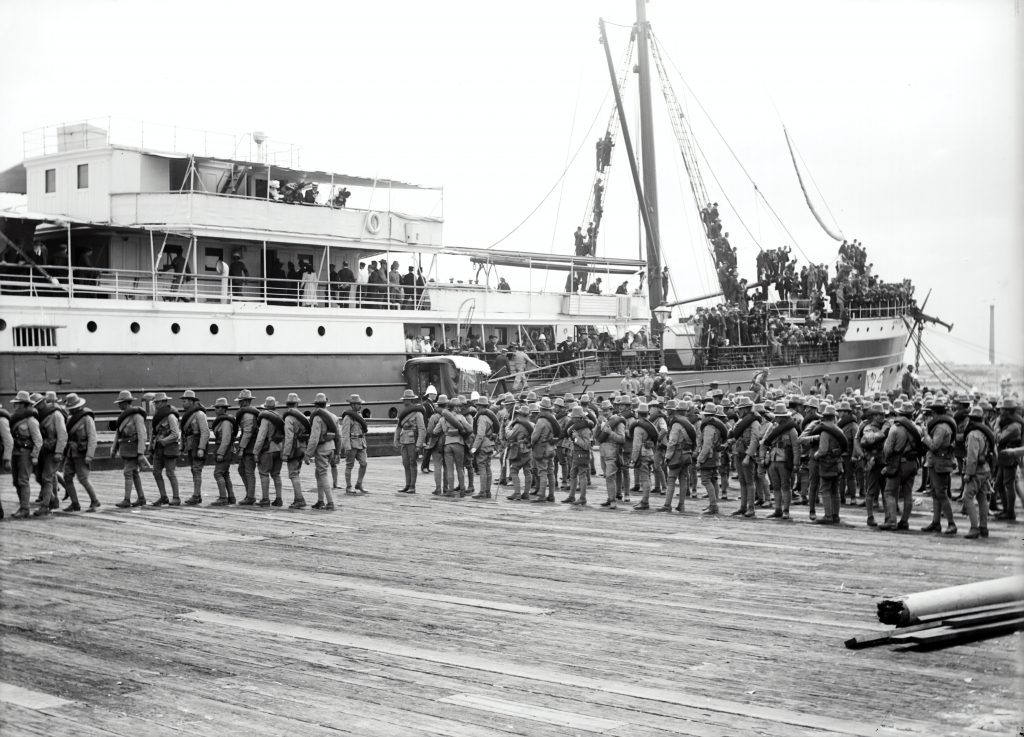

The Bolshevik Party, now called The Russian Communist Party, made the land, the banks, property in general under the government’s influence. They failed to gain a majority in the elections for the Constituent Assembly in January 1918.
Lenin, too, felt that Russian Congress of Soviets had a more democratic approach and dismissed the Bolsheviks. Soon the Bolsheviks alone participated in the coming election (having no effective opposition) and the Parliament or Russia became a one-party state. The growing influence led to control of entire Russia during 1917-18, in the hands of:
Bolsheviks (the ‘reds’)
Tsarists (the ‘whites’)
Socialist Revolutionaries (the ‘greens’)
While the ‘whites’ became notorious for torturing peasants the growing popularity of the ‘reds’ wasn’t as famous with the non-Russian states. They failed to assert their agenda as the growth in industrialisation brought no betterment in the living conditions of the workers. The government tried to rebuild the economy through their five-year plan but the workers were not profited.


After Lenin, Stalin came to take his place and ensure emergency measures which were even more brutal. When the USSR faced grain shortage, he forced the peasants to sell their harvest to the government at a fixed price. Peasants were made to follow collective farming and in retaliation they would destroy their own harvest. The policies of Stalin only brought more unrest and confusion in the concept of Socialism in the USSR.
Alphonse Daudet – A French Naturalist
Like Guy de Maupassant, Robert Frost, etc, Alphonse Daudet who was the son of a French silk trader wrote during the times of Franco-Prussian war. He represented scenes and experiences from his own life. This made his stories relatable to his readers. Let’s see how he depicts the environment of war and its effect on the education of children:
Story at a glance
A little boy named Franz, in a small city of France, hurries to reach his school on time, all the while imagining about the homework assignments he hasn’t finished. He is frightened to be noticed coming in late with no homework to show. He thinks about the first class of French language where his strict teacher will ask him about the participles.
To his surprise, when he enters his unusually quiet class, he finds his teacher M. Hamel dressed in his fancy attire. He is wearing a green coat, frilled shirt and embroidered black hat. He politely asks Franz to take his seat, which is even more surprising.


After some time, he gets to know that it was M. Hamel’s last lesson as the school was under the strict order to teach only German. This shocked Franz who gradually noticed his teacher’s sad face. That day the students learnt more than they had ever in the entire session. Even M. Hamel taught so patiently as if to pass over his knowledge.
His last message to his students was to never leave their mother tongue- French. As long as they remembered and were respectful to French they could never truly be under the rule of the Germans.
Franz reflected on this a while. He noticed the people from the village – former mayor, former postmaster, old Hauser (someone Franz recognised), several other people from the community. He knew they were present to pay tribute to their teacher.
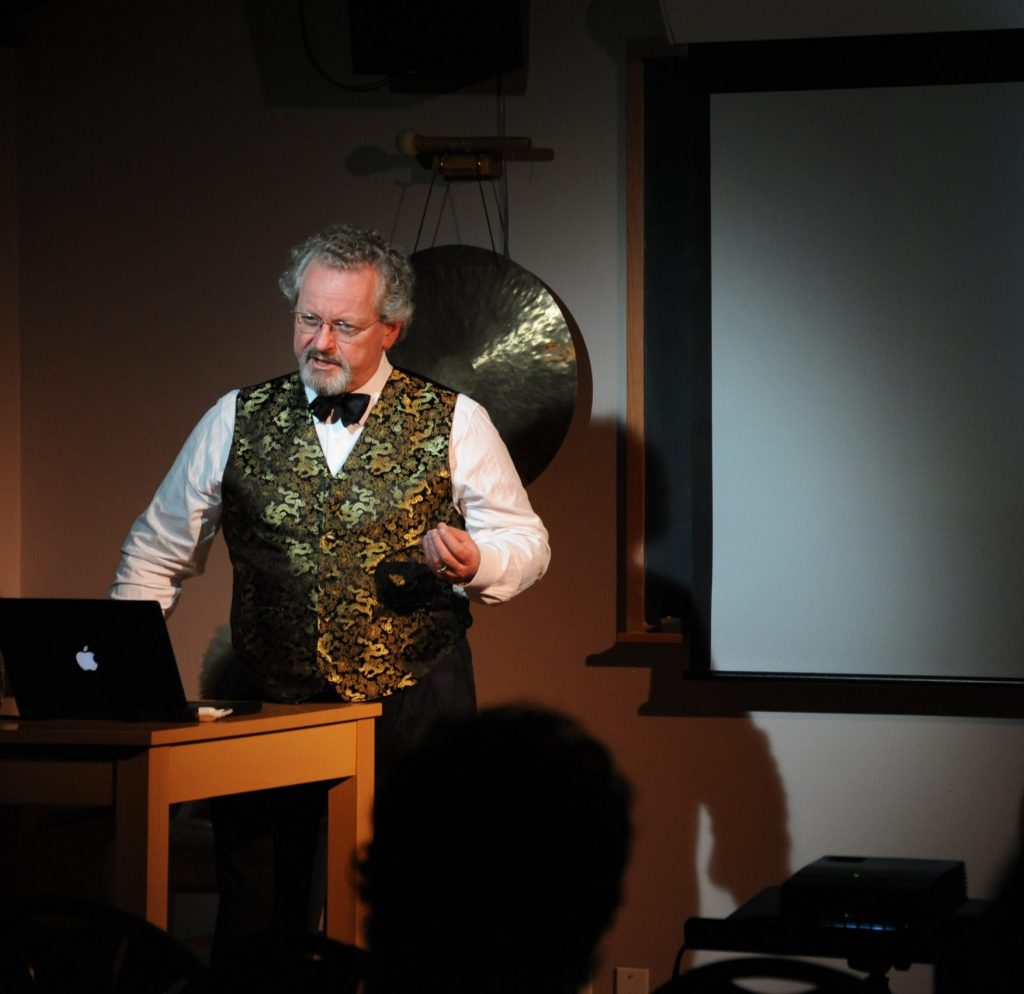

The students worked undistributed by the low cooing of pigeons, humming of beetles, etc just practising writing french on their new sheets. When the bell rang and the class was over, M. Halem only wrote “Viva la France” (Long live France!).
Linguistic chauvinism
The mother tongue of any country represents a unifying factor, a common sentiment of the nation. Ridding someone of their native language is an attack on the identity of the person.
The Germans intended to change the thinking process of the people of France and hold their thoughts in chains. This story reflects the present day need to preserve one’s own language. The extinction of one’s language leads to decay of the entire nation.
Derived from the Latin immunatis, the word immunity means exemption from liability. In biology, immunity is the body’s ability to fight the disease causing organisms and the system that enforces immunity in the human body is called the immune system. Let’s have an introduction to body’s defense mechanism:
Immunity can be categorised into two:
- Innate Immunity
- Acquired Immunity
Innate Immunity
This is a nonspecific defense which is present at the time of birth. It is ensured in the following ways:
- Physical Barriers: This includes our skin which prevents the entry of microorganisms, the mucus linings present in our body in the respiratory, gastrointestinal and urogenital tracts.
- Physiological Barriers: In case microbes do enter the body, they are stopped by the acid in our stomach, saliva in the mouth and tears from eyes which come under the category of physiological barriers.
- Cellular Barriers: Certain white blood cells in the blood or tissues engulf the microbes.
- Cytokine Barriers: When a cell gets infected, it prevents the spread of the microbes by secretion of a protein called interferon. These cells act as cytokine barriers.
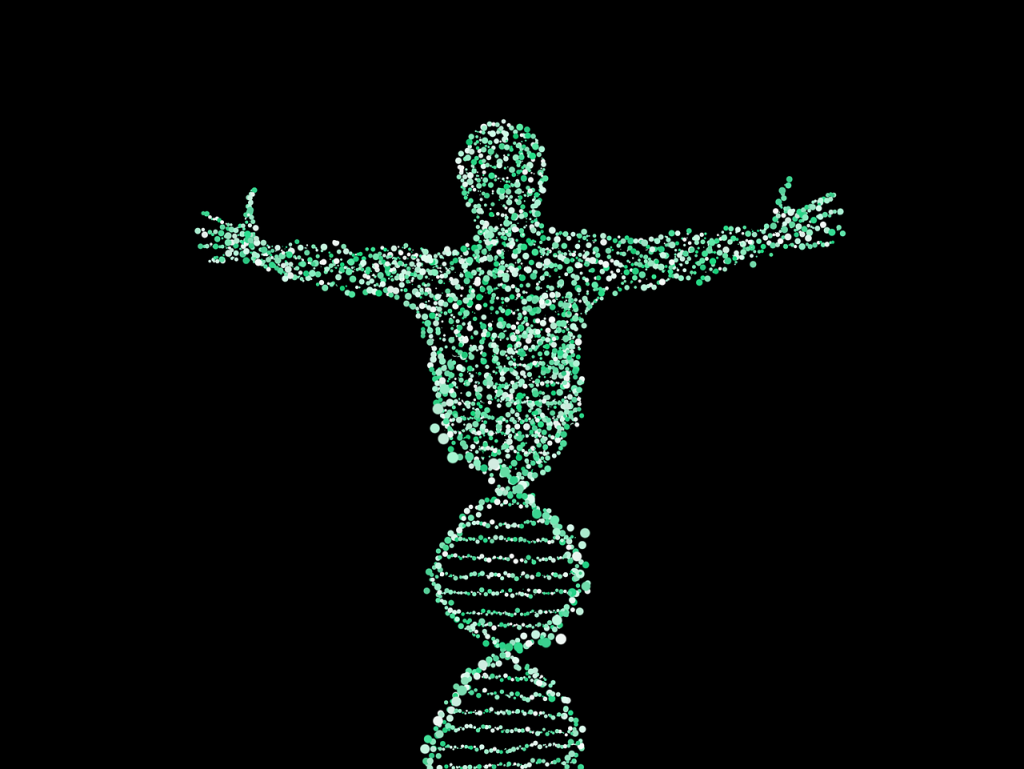

Acquired Immunity
This immunity is dependent on the type of microbe entering the body. The foreign particle that enters is termed as pathogen. As soon as it enters, the body gives a low intensity response to defend itself, called primary response. If the same pathogen again enters, the body’s immune system triggers a more powerful response, called the secondary or anamnestic response. This is only possible because cells have “memory”. The immune system remembers the pathogens that have already attacked and develops immunity against them. These responses are executed by two specific lymphocytes: B-lymphocytes and T-lymphocytes.
B-lymphocytes are responsible for producing a horde of proteins, called antibodies, to combat pathogens in our bloodstream. T-lymphocytes help in the production of antibodies but do not produce it themselves. A single molecule of the antibodies has four peptides chains – two light chains and two heavy chains which is represented as H2L2.


Various combinations of antibodies protect the human body and the immunity acquired due to them is termed as a humoral immune response because these antibodies are formed in haemoglobin or blood. T-lymphocytes cause cell-mediated immune response. This is significant when any organ transplant takes place. Due to this immunity, the body recognises its own and foreign organs. In order to avoid an immune response, a match closest to the initial organ’s genes is found.
Active Immunity and Passive Immunity
Active immunity is the one in which the microbes are either living or dead or in the form of proteins. It is a time taking process. Passive immunity is the one where ready-made antibodies are introduced in the body through vaccination. Another form of passive immunity is the consumption of colostrum by a new-born through its mother. During pregnancy also, the mother passes on some antibodies to the foetus.


Vaccination and Immunisation
We’ve discussed how the ability of the cells to have memory causes a secondary immune response. This property of cells is used as the basic principle of vaccination. Inactive and weak pathogens are deliberately introduced in the body and the body recognises them from memory launching a full attack and produces massive antibodies against it. When the actual pathogen attacks, the body is fully prepared for it. The immunisation of this sort is termed as passive immunisation.
How to boost immunity?
With the introduction to the way our body defends itself we can learn to maintain our immune responses by having healthy eating habits and avoiding junk food. Antibodies are basically protein, hence, correct amount of protein intake will help our body be better prepared.
The Socialist movement in Europe had spread like wildfire. However, it didn’t create an impact as expected and the government was still composed mostly of radicals and liberals. In Russia, the situation was opposite. The Socialist had upturned the power of monarchy and overtook the government rule through October Revolution of 1917. Let’s look at the events which led to such results in Russia:
The Russian Empire in 1914
Except Moscow, Russia in 1914 under the rule of Tsar Nicholas II, included Finland, Latvia, Lithuania, Estonia, parts of Poland, Ukraine and Belarus stretching its boundaries to some current-day Central Asian states. Russia was an agrarian country which soon became an industrial hub when the railway network strengthened and investment in the iron and steel industry doubled. The industries were under the government rule to maintain proper working hours and minimum wage.


Socialism in Russia
Still some factories had workers working for 15 hours. The nobility was the landowner where the peasants worked but the latter preferred to keep control of the land and it was not uncommon news of peasants killing landowners around 1905. The nobility was at the favour of the Tsar while the peasants would pool resources for co-operative farming dividing the profit amongst them.
This made them a central figure of socialism in Russia which happened in the late 19th century. Unlike other European countries, the factory workers too had strong unions and were outspoken about their demands when they wanted to. This was similar among women factory workers as well.
A difference in ideals, however, could be observed in the Socialist Revolutionary Party formed in 1900. There were Social Revolutionaries who supported the peasant ownership of land and there were Socialist Democrats who believed otherwise. Again there was further division into the Bolshevik group headed by Vladimir Lenin who opined that the quality not the quantity of members in the party is significant and the Mensheviks wanted the party to be open to all.
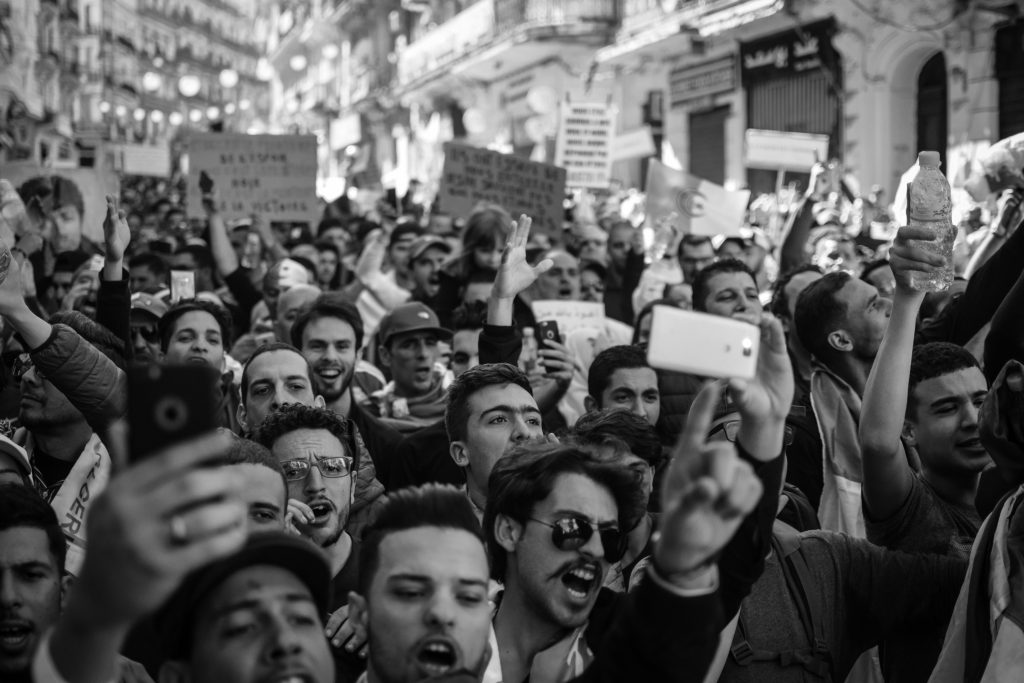

The 1905 Revolution
The Tsar in Russia had the ultimate power even at the beginning of the twentieth century. His powers were neither checked by any legislature nor did he want them to be. In opposition to this and in favour of a constitution, all Socialists kept their personal agendas aside and protested in unison.
In 1904, Russian industry and agriculture were hit alike. The factory workers’ wages declined by 20% while necessary goods had sky-rocketing prices. Many worker associations mushroomed as a result. This escalated the situation and 110, 000 workers went on strike at St Petersburg. Their demands were simple: to have defined working hours and an increase in wage to combat inflation.
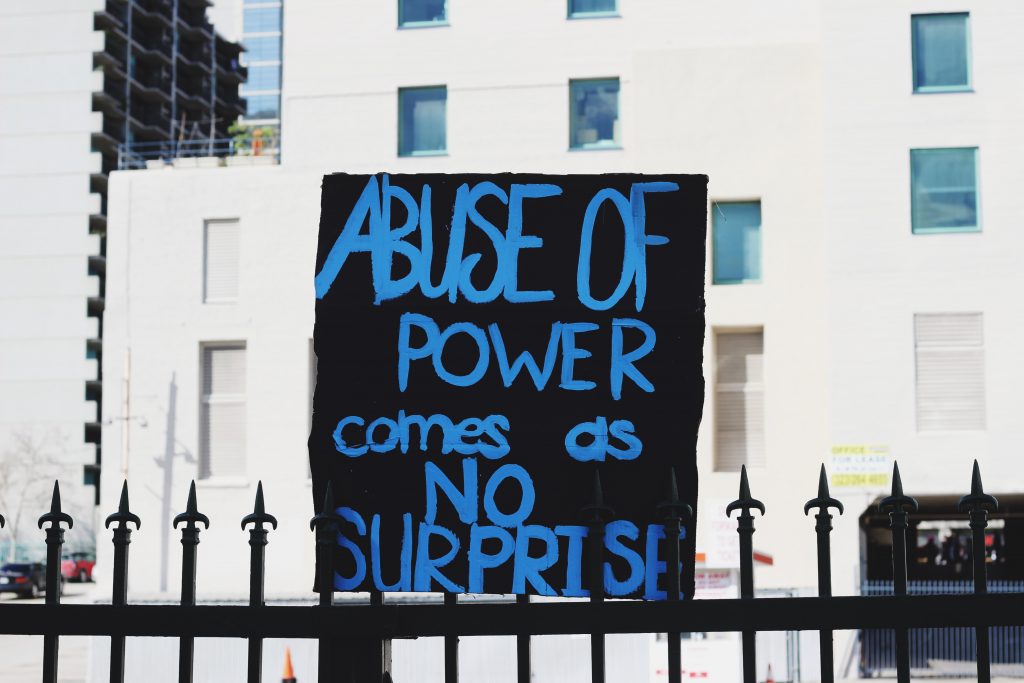

Father Gapon, a leader of this strike, was protesting with more than 100 workers at the Winter Palace where the police killed and injured many protesters. This event, similar to Amritsar’s Jallianwala Bagh, was termed as The Bloody Sunday or The Revolution of 1905. Many educated civil servants, lawyers, doctors, etc were shocked at this tyranny and began participating in the protest.
To pacify the protesters and appease the situation, the Tsar elected a consultative Parliament or Duma. This legislative body was a mere figure-head. The Tsar did as he pleased paying no heed to the advice of the Duma. He declared the many unions formed during 1905 illegal and dissolved the Duma within 75 days. The second Duma was re-elected within three months. Still it did not exercise any power on the Tsar and neither restrained him.
Aftermath of the Revolution
Time and again, history repeats itself as we fail to learn from our past events. The leaders, drunk with power, think they cannot be suppressed. They are proved incorrect as soon as a nation realises its rights and duties. The Russian Revolution had only begun. It only settled post world-war. Although, in 1905, the stage for action had been set.
Master Story-Teller
Henri René Albert Guy de Maupassant simply named Guy de Maupassant has written over two hundred short-stories, six novels, verse books, travel books, etc. He is known for an apparent pessimism in his stories which are real and close to life.
He wrote during the times of political unrest and portrayed the fickle attitude of human life. In the story, The Necklace, he is trying to reveal the hollowness of society and the pretentiousness of the middle class trying to fit in.
The Story at a Glance
The Necklace begins with the protagonist, Matilda who is a beautiful, middle-class girl, born into the family of a clerk. Owing to her beauty, she was always in a dilemma of marrying into a rich family and living a life full of roses.
Due to her own inhibitions, however, she ends up marrying a clerk who earns a good salary but not enough to meet Matilda’s pretence of being rich, her needs and keep herself in the illusion of happiness which can only be derived from material possessions.


She continues to live uncontended and daydreams about all the rich suitors she had who were ready to marry her but she settled for less. One day, her husband Mr. Loisel returns home with an invitation for an office ball dance. He was hoping for her wife to be exalted about it but seeing her weep over the news, he is taken aback.
His wife was concerned about not having anything appropriate to wear- neither pretty dresses nor charming ornaments. Together, they come up with a solution for this problem by buying a ball gown for Matilda and borrowing the jewellery from one of her rich friends, Madame Forestier. Mr. Loisel is a gentleman and a caring husband, although this is missed by Matilda who only understands money. Matilda decks herself in a gorgeous diamond necklace and a beautiful dress which accentuates her features.
At the party, she is the center of attention and everyone is interested in a rendezvous with her. When the time to leave arrives, Matilda wants to be out of everyone’s sight so that nobody sees her wrapping an old shawl instead of furs like other affluent ladies were. In a hurry, the couple doesn’t wait for their host to hail a carriage for them and they leave on foot.
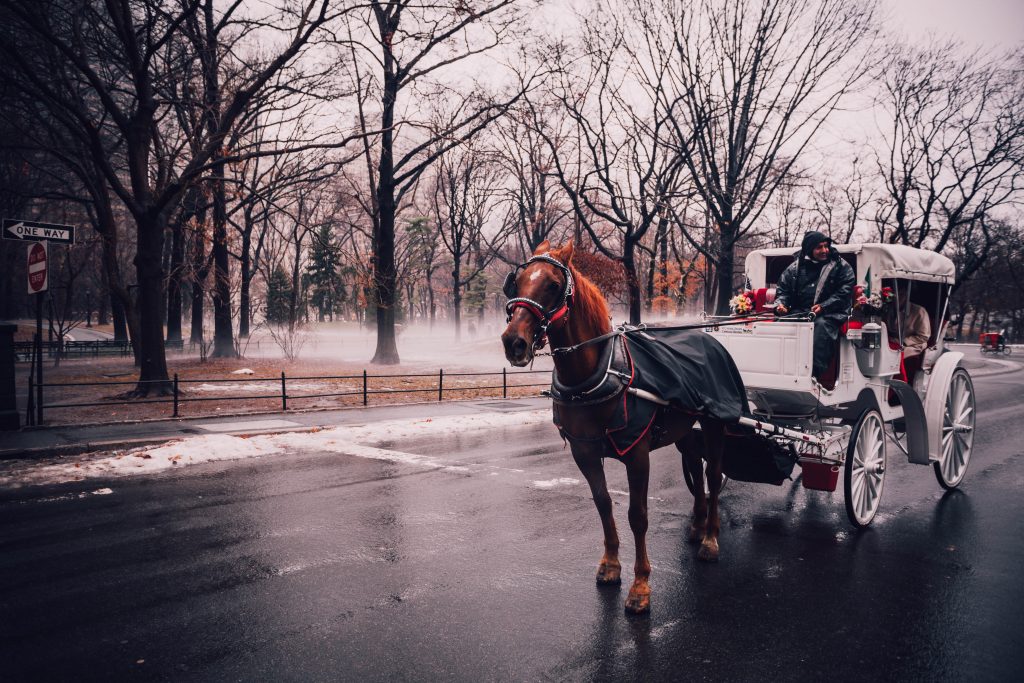

At home, to her horror, she finds the diamond necklace missing from her neck. The couple ransacks the house, trace their steps from the party till their home in the chilly winter night, in a futile effort. The next day, they visit a jewellery shop, buy a similar looking diamond necklace by paying 36,000 Francs (their life-savings and a loan).
The life Matilda now realises had been full of comfort. To pay off their debts, Mr. Loisel worked overtime and part-time at several ventures while Matilda like common people dispels her maid and does all household chores from washing the linen, mopping the floor, carrying out the refuse, etc on her own.
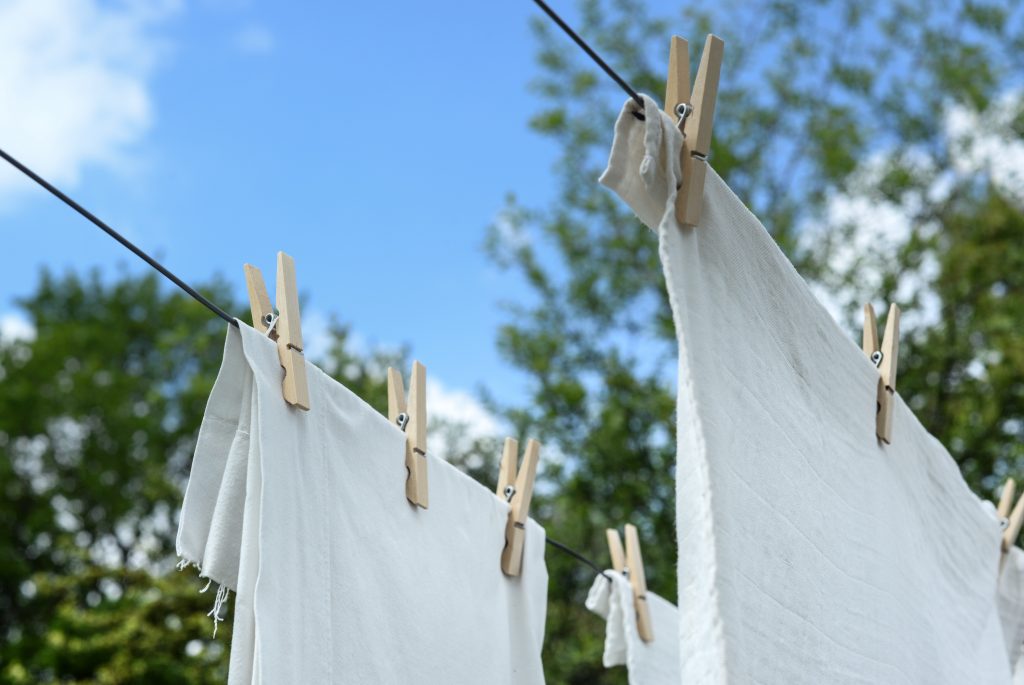

After a decade of hardships, Matilda notices Madame Forestier near the Champs-Elysees. She goes to her proudly, to confess her honesty. Due to her outer beauty now turned to a rustic appearance, Madame Forestier doesn’t recognise her. She is more shocked to hear the reason behind Matilda’s agony.
In an ironic turn of events, Matilda is told by Madame Forestier that the necklace she borrowed from her was an artificial one, worth less than 5,000 Francs. Matilda, doomed to live a life she never dreamt of, is left with a pensive look and thinks of the years wasted away in unhappiness, all for nothing.
Why should we read this story?
The story unfurls as a scene taken from life itself. Anton Chekhov exposes the extremism and entrapment of one’s morals when it comes to acquiring riches.
Matilda is away from her reality. She fails to see the bliss of her life where she lives comfortably and is married to a loving husband. Her husband on the other hand is unable to be honest with her about their humble living and succumbs to the thought of celebrating one night of luxury.
The couple is disillusioned and juxtaposes happiness with luxury. Given the correct circumstance, they both are unable to resist the temptation and pay for it for a large part of their life.


Even today, people are prone to pretension. Decorating and maintaining our house is necessary but doing it to impress the guests is a hollow gesture. We still seek validation from what we have in money, antiques, fashionable clothing, etc.
This story is necessary so that we learn to appreciate what we have and differentiate between our wants and needs and not allowing the former to get the best of us.
We discussed economic activities and its first type- the primary activities, earlier. The activity which generates revenue is an economic activity, if the activity involves human interaction with the elements of the environment (animal or plant), it falls under the category of primary activity.
Secondary activity, on the other hand, adds value to the natural resources by turning raw materials into material goods. Let us now see what comes under secondary economic activities:
Manufacturing
Manufacturing is the process of mass production of goods from raw materials in industries using heavy machinery. Emphasis is on the use of technology to increase production and improve quality.
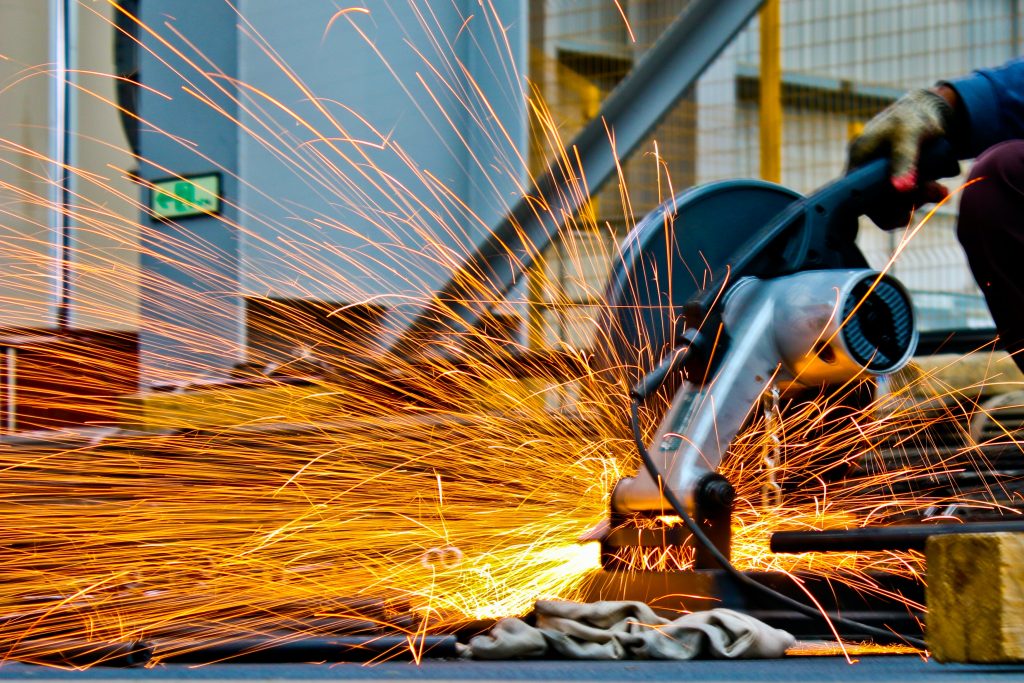

Characteristics of Modern Large Scale Manufacturing
- Specialisation of Skills: The requirement of certain skills varies depending on the industry. There are certain industries which produce in “special order” while others manufacture for wholesale. The first one requires skills specific to the product, the machine and technology applied becomes a secondary factor. In the latter, however, an efficient team of workers is required to keep the manufacturing chain running.
- Mechanisation: For precision, consistency and increased efficiency automation of time-taking tasks in an industry is essential for its growth and popularity.
- Technological Innovation: The Research and Development department of manufacturing units work in collaboration to reduce the capital investment with increase in profit, in an ideal condition. Although, this is easier said and done. The main aim of technological innovation is to eliminate inefficient methods of working.
- Organisational Structure and Stratification: To get profits, any industry in all its stages of development requires proper management, distribution of tasks, good capital investment, executive bureaucracy, etc. This keeps in check the efficiency of an industry.
- Uneven Geographic Distribution: On the basis of access to market, other industries, supply of manual and skilled labour, energy source, etc the manufacturing units are distributed unevenly globally.
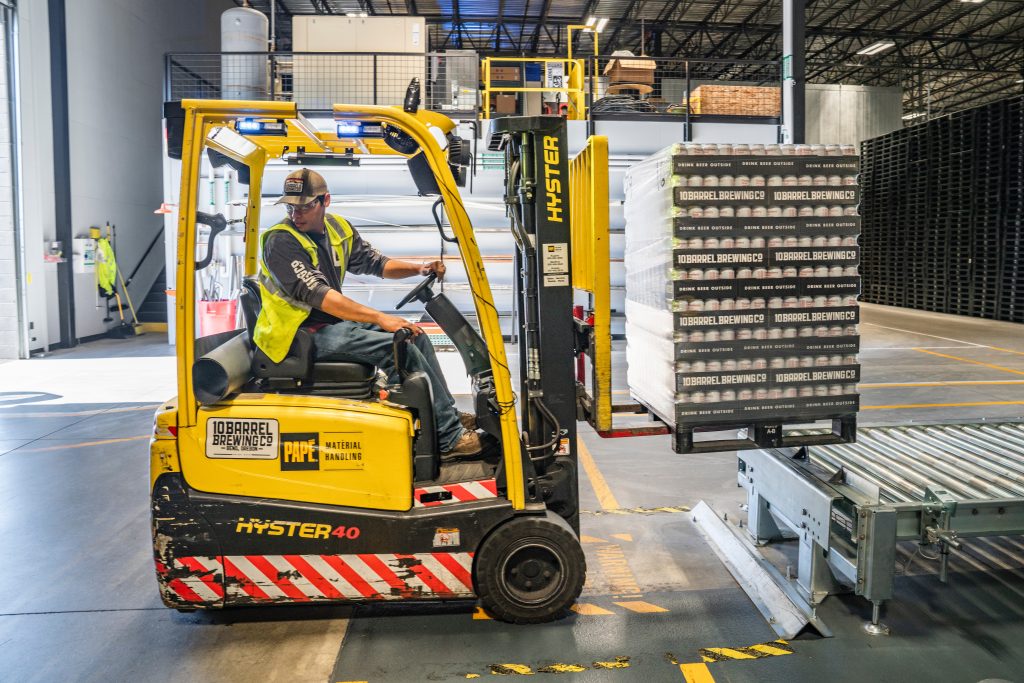

Classification of manufacturing industries is done on the basis of their size, inputs, ownership, etc:
Household Industries or Cottage Manufacturing
These are small manufacturing units run by local residents or small businessmen. Products are made for local consumption and production is for small-scale consumption. Capital investment and transportation costs do not influence the business much. Fabrics, pottery, bricks, clay, stones, food stuffs, furniture, etc come under the production.
Industries based on Inputs/ Raw Materials
- Agro-Based: Spices, oils, rubber, silk, canning, cream production or any product whose manufacture is directly dependent on the crop cultivation and harvest is part of the agro-industry. Food processing is a major part of this industry.
- Mineral Based: These industries make finished goods from raw mineral ores of metals like iron, copper, aluminium, etc. Cement making and pottery also come under mineral-based industries.
- Chemical Bases: Petroleum products, cosmetics, detergents, soaps, laboratory products, synthetic fibers, polymers, paints, etc are a product of chemical industries.
- Forest based Industries: These industries usually manufacture furniture, bamboo, paper, etc. These are dependent on forest for their raw material, hence are called forest-based industries.
- Animal based Industries: These industries produce leather products, textiles made of wool or products of ivory.
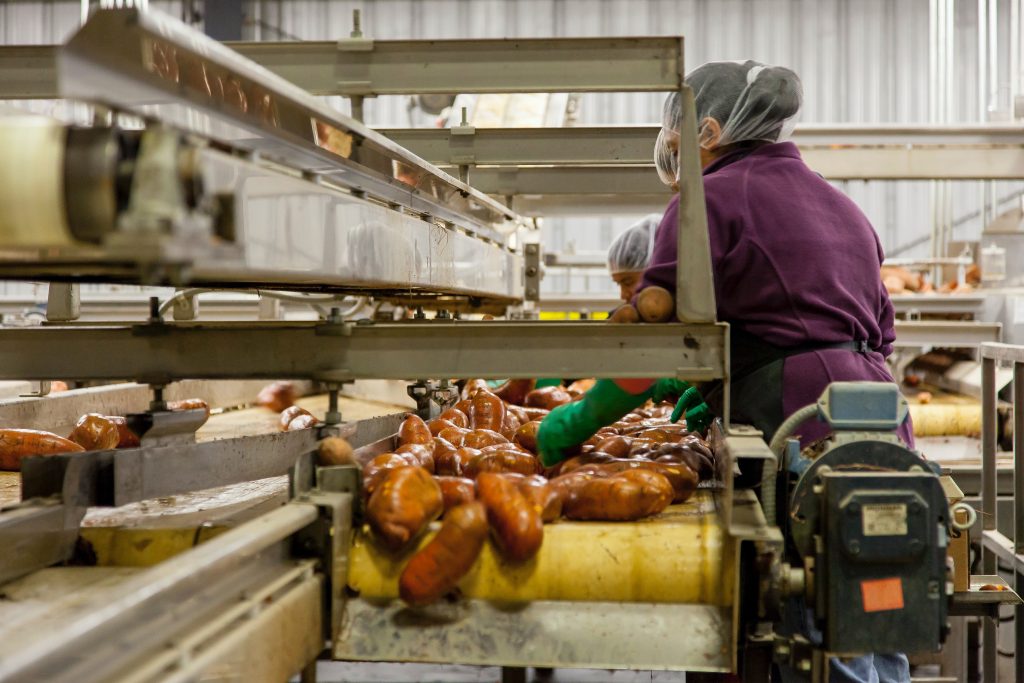

Industries Based on Output/ Product:
Iron and steel industry is termed as basic industry. This is because any kind of tools or machines used by any other industry requires them to be made out of metals such as iron, aluminium, copper, etc. This is in itself an industry forming the basis of other industries apart from the raw material required. Non-basic industries are those whose output depends on availability of raw material, availability of tools and machinery – most of which comes from products of the basic industries.
Industries Based on Ownership
On the basis of owner rights, an industry can be Public Sector (owned and managed by the government), Private Sector(owned by individual investors, private organisations) or Joint Sector (owned partially by the government and private organisation).
Basically, secondary activities are based on manual labor, skill and depend heavily on raw material which differ from one industry to another. The main aim is to derive profit and they are not carried out to only cover the bare minimum needs of food, cloth and shelter. They provide the employee and the employer to improve his/ her financial, social status by improving his/ her standard of living.
When you look at the sky, we see a lot of mystery. The stars at night, clouds in the morning and astronomical features like the comets, the falling stars, etc. The Earth in itself is a wonder. Let’s see how the universe in which we live came into existence.
Early Theories of Origin of the Earth
In the beginning, a lot of theories were formulated by gathering evidence from various researches. The first theory, called The Nebular Hypothesis, was put by Immanuel Kant which was revised by Mathematician Laplace in 1796. They thought that the planets were rotating around a fairly young sun and had formed out of a cloud.
Chamberlain and Moulton in 1900 theorised that a wandering star had collided with the sun which spread debris in the shape of a cigar, which cooled down and formed the solar system. This theory, called the Binary Theory, was supported by Sir James Jeans and Sir Harold Jeffrey. However this was all considered false and full of loopholes. The Big Bang Theory was finally accepted.
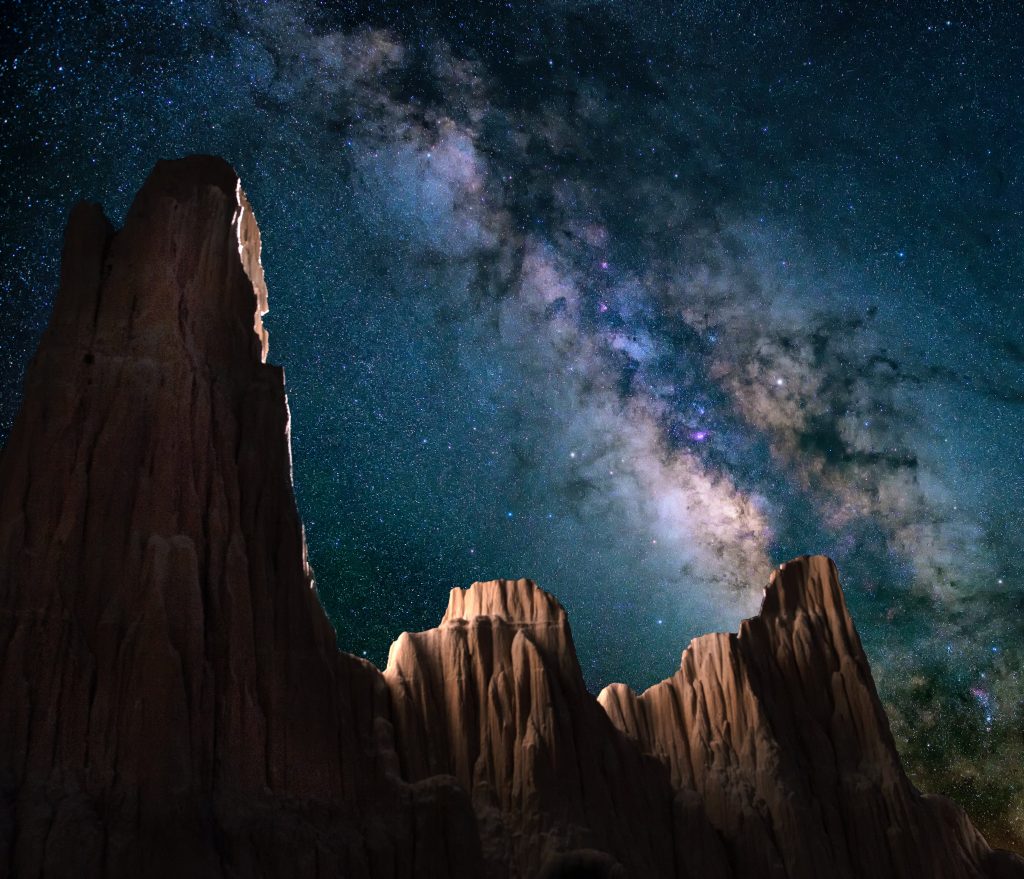

The Big Bang Theory
This theory was formulated by Edwin Hubble, in 1920. He called it the Expanding Universe Hypothesis. This theory had certain hypothesis. Initially, the universe existed as a singularity. This means that a single atom with infinite density and volume comprised the entire universe. Around 13.7 Billion years ago, the ball must have exploded and has since been expanding.
Since energy can only be converted neither created nor destroyed, therefore, the energy released from this explosion must have been converted into matter. Hoyle, however, presented the exact opposite views to this theory and called it the steady state. This means the universe has always been like it is at present. Big Bang Theory is supported because of the continuing research which provides evidence in support of it. After the big bang, the next step was the formation of the stars.
Star Formation
Stars are believed to be formed due to the uneven distribution of energy and matter when the universe was in its initial stage of its formation. This must have happened 5 to 6 billion years ago, when stars were part of a hot burning mass or nebula of high density and high gravitational force. This nebula then developed localized clumps of gases slowly separating away to form stars. From these stars formed the planets.
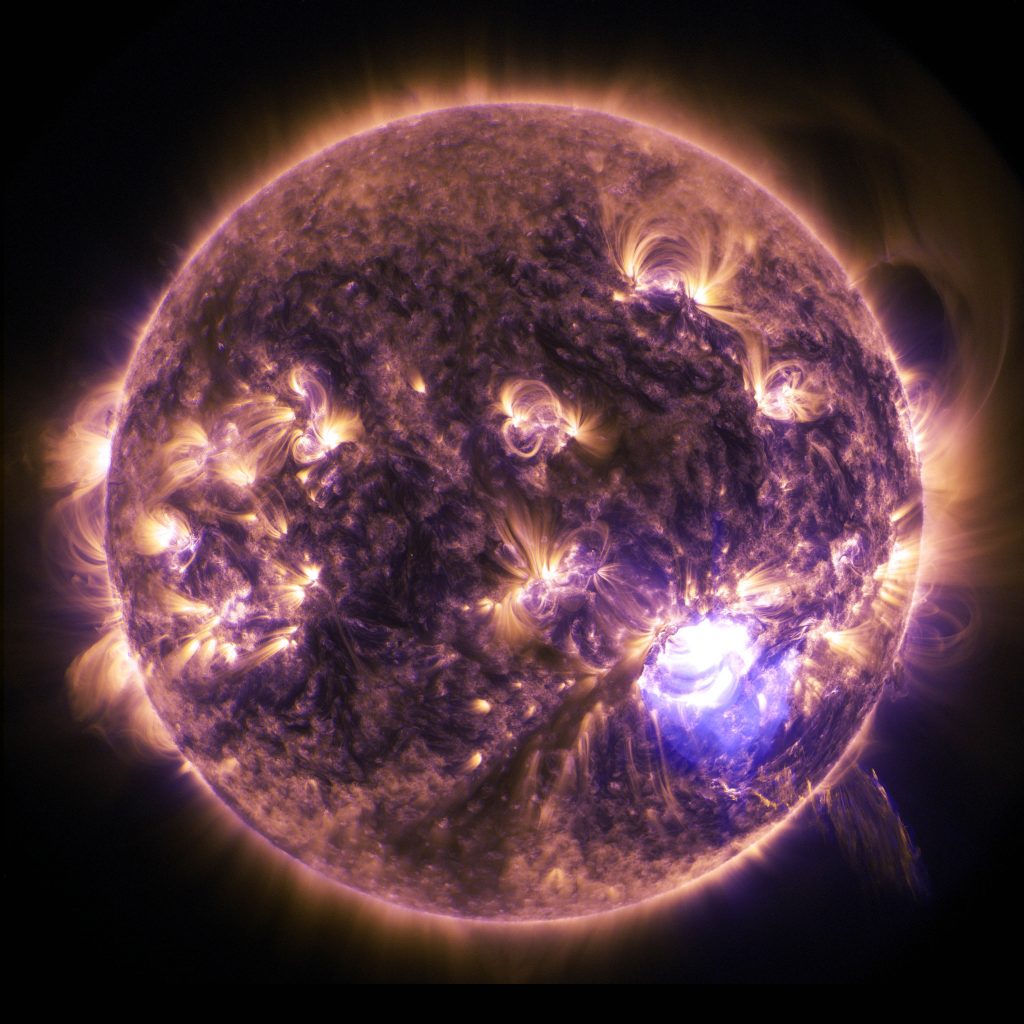

Formation of Planets
The stars are extremely hot, unstable, local gaseous clumps that had to either stabilise their energy or further explode. In order to stablise, the body of stars began to condense into solid matter at or near the core. This formed planetesimals.
These were nothing but small, rounded condensed parts of a star formed by cohesion. These stuck together until a larger body or the planets came into existence. These planets although thrown away from the stars didn’t float free. Instead due to the strong gravitational attraction of a star began to orbit around them. This gave rise to solar systems.
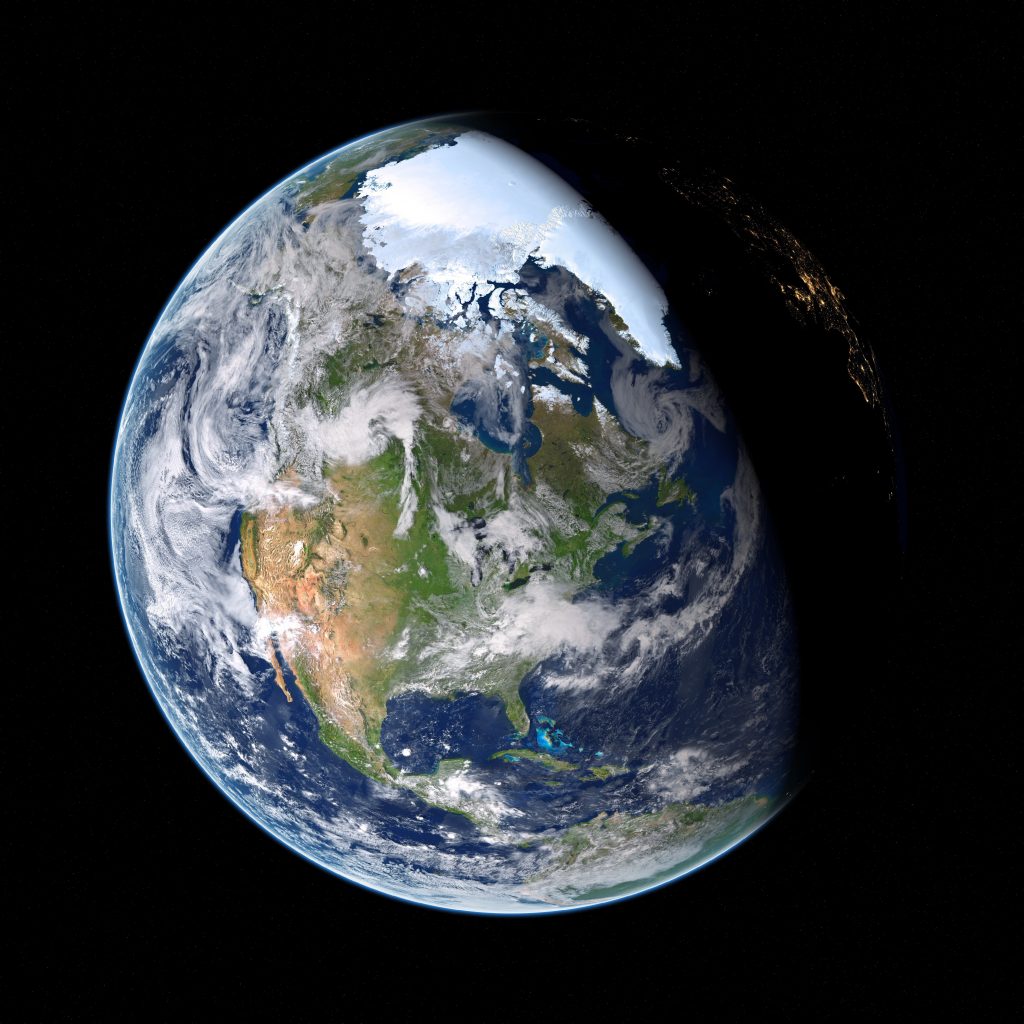

Solar System
Here, we consider the solar system we currently occupy where the eight planets revolve around the Sun. The four planets near to the Sun- Mercury, Venus, Earth and Mars are called as the Terrestrial Planets or Inner Planets. Terrestrial means ‘earth-like’ so these planets have higher densities as they are mostly made up of rocks or metals. The other four- are called Jovian Planets or Gas Giants or Outer Planets. Jovian means ‘Jupiter-like’. These are mostly made up of helium and hydrogen gases.
Our solar system was made after a long process of explosion, cooling and solidifying of extra-terrestrial material. After reading about the process of formation we can only guess how insignificant our species is in comparison to the vastness of the universe and yet we are however small carry a part of this universe within us.


